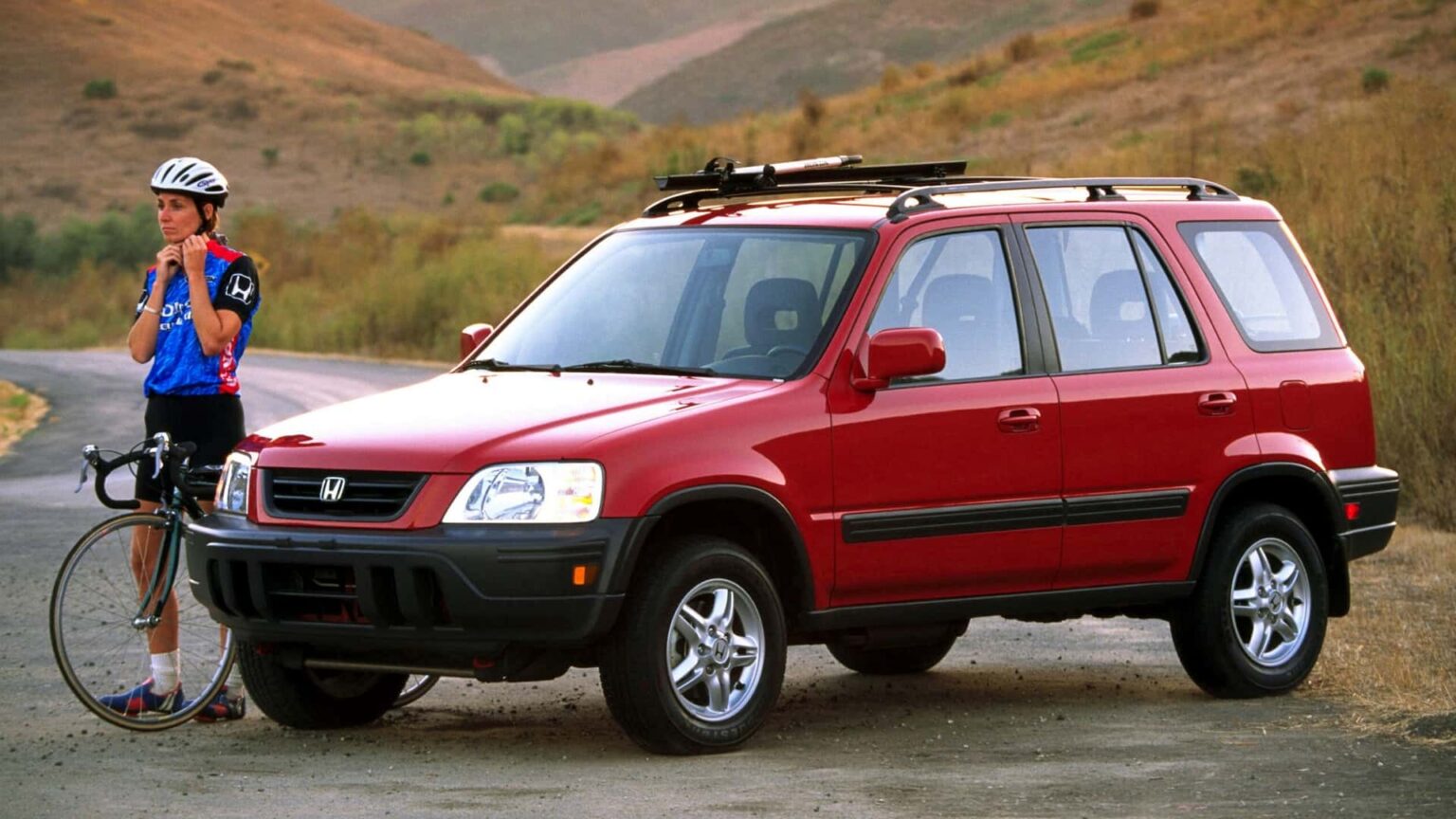Vehicles today are far larger than they were before the turn of the century. They’re heavier, too, with tons of engineering designed to protect the driver. But that has come at a cost. Bigger vehicles mean bigger blind spots, and a new study reveals just how much less of the road we see today compared to 25 years ago.
A new study, highlighted by the Insurance Institute for Highway Safety, found that forward visibility within a 10-meter radius fell by as much as 58 percent on three SUVs it tested. The researchers measured the changes in vehicle blind spots from 1997 to 2023, examining each generation of the Chevrolet Suburban, Ford F-150, Honda Accord, Honda CR-V, Jeep Grand Cherokee, and Toyota Camry.
The Honda CR-V saw a significant decline in visibility over 25 years. In 1997, drivers could see 68 percent of the area 10 meters in front of the vehicle. Drivers of the 2022 model can now only see 28 percent of that. The Suburban also experienced a large decline, with visibility dropping from 56 percent in 2000, the model’s first year in production, to just 28 percent in 2023.
The Accord and Camry fared much better. Visibility on the Honda declined just 5.0 percent in a quarter century, from 65 to 60. The Camry has barely lost any of its forward visibility over the years, with 57 percent of the 10-meter area visible to drivers today compared to 61 percent in 2007. According to the IIHS, both of those figures are within the margin of error.
The F-150 also saw a decrease, but it’s not as big as you’d think. Visibility fell from an abysmally low 43 percent in 1997 to 36 percent in 2015. The IIHS attributed the drop in forward visibility on the CR-V and Suburban to higher hoods and larger mirrors, which can obscure children, pedestrians, and cyclists.
The deaths of people outside the vehicle have only increased. Pedestrian and bicyclist fatalities in the United States rose 37 and 42 percent, respectively, between 1997 and 2023, according to the safety institute. In 2022, vehicles killed 7,508 pedestrians, and the bigger, boxier vehicles we drive present an even greater risk to people than the smaller sedans people no longer purchase.
The study was conducted by researchers from the US Department of Transportation and published in the March 2025 edition of the SAE International Journal of Transportation Safety. Motor1 has reached out for a copy of the study, which utilized a new technique from the IIHS to measure blind zones better.
Read the full article here



